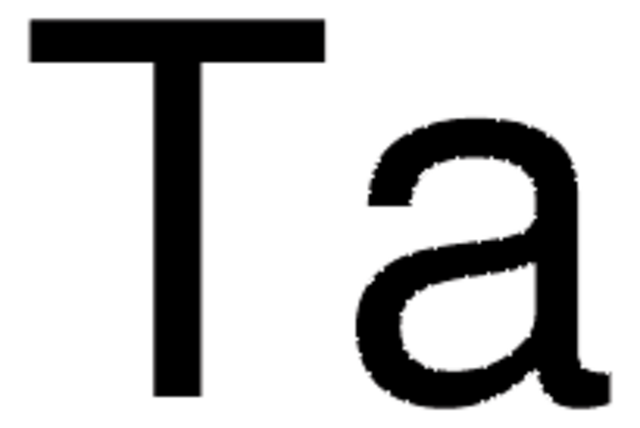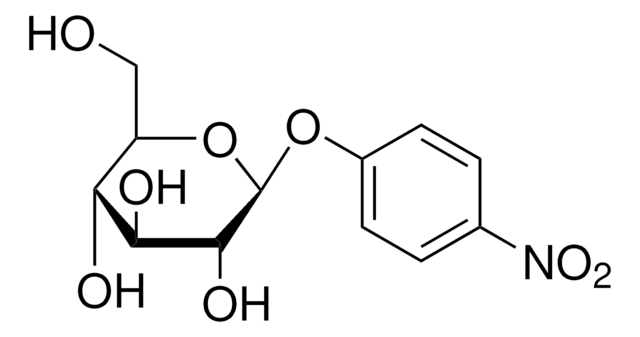Kluczowe dokumenty
357243
Tantalum
foil, thickness 0.05 mm, ≥99.9% trace metals basis
Synonim(y):
Ta
About This Item
Polecane produkty
ciśnienie pary
<0.01 mmHg ( 537.2 °C)
Poziom jakości
Próba
≥99.9% trace metals basis
Formularz
foil
temp. samozapłonu
572 °F
rezystywność
13.5 μΩ-cm, 20°C
grubość
0.05 mm
bp
5425 °C (lit.)
mp
2996 °C (lit.)
gęstość
16.69 g/cm3 (lit.)
ciąg SMILES
[Ta]
InChI
1S/Ta
Klucz InChI
GUVRBAGPIYLISA-UHFFFAOYSA-N
Opis ogólny
Zastosowanie
Ilość
- 100×100 mm (approximately 8.4 g)
- 150×150 mm (approximately 18.9 g)
Kod klasy składowania
11 - Combustible Solids
Klasa zagrożenia wodnego (WGK)
nwg
Temperatura zapłonu (°F)
Not applicable
Temperatura zapłonu (°C)
Not applicable
Środki ochrony indywidualnej
Eyeshields, Gloves, type N95 (US)
Wybierz jedną z najnowszych wersji:
Masz już ten produkt?
Dokumenty związane z niedawno zakupionymi produktami zostały zamieszczone w Bibliotece dokumentów.
Produkty
Can there be an effective strategy for finding breakthrough materials, since they are, by definition, unpredictable? One answer is found in Combinatorial Materials Science techniques, which represent a powerful approach to identifying new and unexpected materials.
Biomedical implants are essentially foreign substances within the human body that must survive many years’ exposure to demanding mechanical and physiological conditions. Despite these challenges, metal implants have been widely used to substitute for or rebuild hard tissues such as bones and teeth.
Nasz zespół naukowców ma doświadczenie we wszystkich obszarach badań, w tym w naukach przyrodniczych, materiałoznawstwie, syntezie chemicznej, chromatografii, analityce i wielu innych dziedzinach.
Skontaktuj się z zespołem ds. pomocy technicznej




